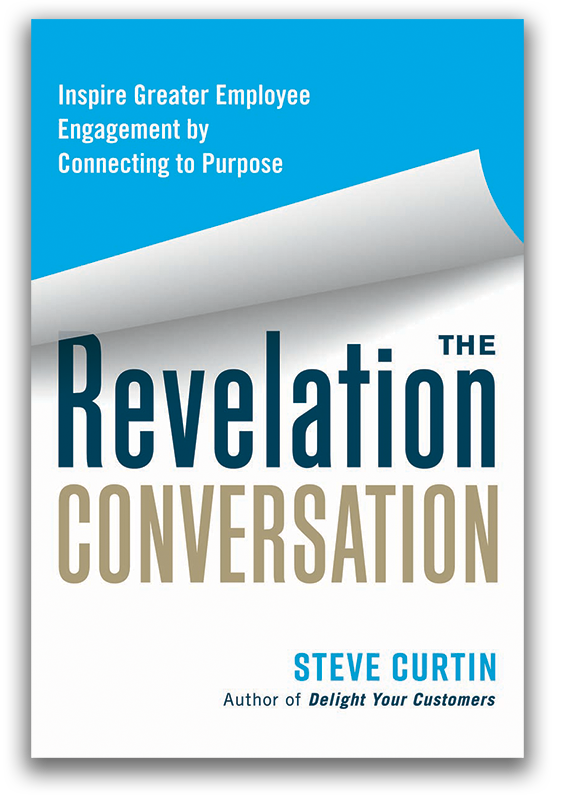This post is the fifth in a series devoted to creating an inspired workforce. I will share additional posts over the coming weeks to support leaders, managers, and supervisors in this effort.
In summary, the first four steps are to 1.) discover the total job role, which consists of both job functions (duties & tasks) and job essence (purpose; single highest priority at work), 2.) articulate the answers to the Four Questions that will establish and reinforce direction, priorities, and standards (i.e., True North) for you and your team, 3.) uncover the higher purpose of the job role, and 4.) reveal corporate ideals to employees at all levels of the organization.
Here’s the next step to create an inspired workforce: 5. Connect daily work activities to the higher purpose of the organization/job role and core values.
Frontline employees in most organizations are disconnected from the company’s mission, vision, purpose, and core values. Instead, they arrive at work and carry out routine job assignments until the end of another uninspired workday. Importantly, there’s nothing wrong with executing routine job assignments. The work must get done. But, in the myopic focus on job functions, job essence (one’s single highest priority at work) is often left to chance. Whether or not corporate ideals are reflected in the customer experience now hinges on the employee you happen to encounter. And it’s a mistake to rely on happenstance.
To deliver purpose-driven product and service quality consistently, over time, by design rather than inconsistently, here and there, by chance, it’s critical to connect daily work activities to these ideals. The examples below illustrate how employees’ work activities can link to organizational purpose, job purpose, and core values:
Organizational purpose: The purpose of the Bronx Zoo is conservation of species in the wild. I watched an interview with a zookeeper who, in response to the zoo’s efforts to breed the endangered Kihansi spray toad, said, “I view it as a personal challenge to keep the population here strong so that we can keep reintroducing (toads) back into the wild.” A zookeeper who is connected to this purpose will be conscientious, observant, and thoughtful in his care of the toads. He is also likely to take initiative, share feedback with colleagues, and accept personal responsibility.
Job purpose: Sometimes, as in the case of the Bronx Zoo, organizational purpose and job purpose are one and the same. Other times, the organization’s purpose, though noble, does not directly apply to every job role. Kroger’s purpose, Feed the human spirit, was used to illustrate this drawback in an earlier post in this series. It would be difficult to connect a frontline employee’s job role to this purpose. In that case, you’d have to examine the corporate ideals as they relate to the position’s responsibilities. Kroger pledges to “provide everything fresh.” This can inform the job purpose of an employee whose responsibilities include stocking dairy products. It would be counter-intuitive for this employee to fail to properly rotate perishable products when she sees the connection between her work activities and the higher purpose of her job role.
Core values: One of Hilton’s core values is Now. Hilton interprets Now to mean: “We operate with a sense of urgency and discipline.” It would be difficult for a valet parking attendant to justify walking to retrieve a guest’s automobile if he’s aware of this core value, how it’s interpreted by the company, and how it links to his job duties—and the expectation to hustle on behalf of the guest.
Look for ways to connect employees’ daily work activities to your organization’s guiding statement and principles, whether you refer to them as a mission, vision, purpose, core values, or something else. It doesn’t matter what you call them. It only matters that you and your team can recall them!
Here’s an activity that will familiarize team members with corporate ideals and prompt them to uncover novel ways to connect these ideals to their real world of work.
In the next blog post in the series, I’ll share a way to operationalize purpose-driven customer service quality so that it occurs reliably, over time, by design rather than inconsistently, here and there, by chance. I hope you’ll return for that post. In the meantime, feel free to drop questions or feedback in the comments.




